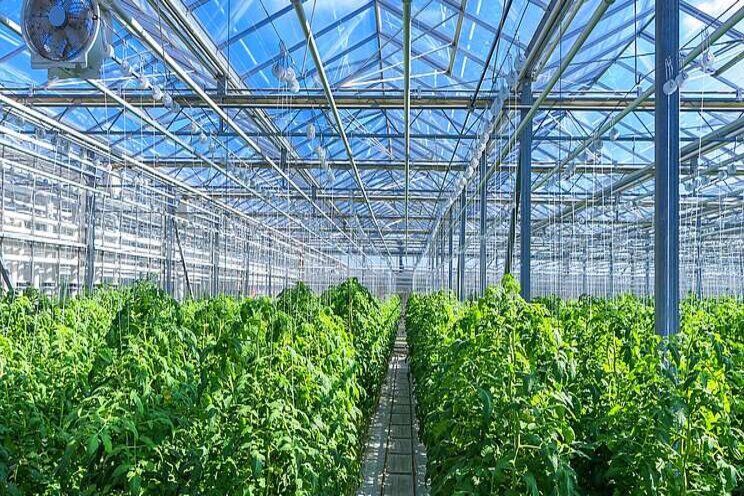SENSOR DENSITY: Are your microclimates doing damage?
Added on 22 June 2020

We can think of microclimates as subzones of the greenhouse compartment. Being in constant contact with the crops, microclimate has the most impact on crop growth, development, and other plant interactions. For example, if we are targeting a consistent number and size of fruits in tomato trusses, we need to maintain the microclimates consistently, so the flowers develop, open and are pollinated by bees synchronously.
With my experience working in greenhouses, all of the above microclimates are quite different, and they change. Season, time of day, crop type, crop management, greenhouse infrastructure/equipment, environmental control systems influence these fluctuations/variations. So, one question I always ask is, could one sensor in the center of the compartment be able to capture all this?
Studies have also shown climatic variations in greenhouses, tunnel houses, indoor grow rooms in 3-D space. Tadj et al. in 2014 investigated the influence of heating pipes and air heaters in an experimental tomato greenhouse using an empirical and computational fluid dynamics models. They have shown the variations in temperature, absolute humidity and air velocity along the vertical profile of the center of the greenhouse. In the above study, the temperature was controlled based on the input of a temperature sensor located at the crop height in the middle of the greenhouse, yet we see variations in climatic conditions which is typical with most greenhouse setups.
I've spoken to a few large-scale tomato growers about temperature variation in greenhouses and their typical response is, the temperature is different from one end to the other and could go up to 6 şC during the day depending on the season. That is large enough to affect crop performance and consistency. Consider the temperature variation from the greenhouse floor, within the crop canopy and above the crop as we saw in the above study.

Similarly, with CO2 supplementation, we have observed CO2 concentration gradients from the greenhouse floor to the roof. If we measure temperature or CO2 at a certain height of the greenhouse (and at one location) that feeds into the climate control systems, we could be over-/under-driving the temperature and CO2, which has negative economic impacts and would not be sustainable in the long run. Therefore, to provide optimum environmental conditions to the crops, we should capture representative microclimates in the greenhouse by deploying sensors in the 3-D space (distributed sensing).
So, the next question is how many sensors? What's the sensor density? This depends on the crop type, growing operation, and desired crop outcome. Also, to be able to control the greenhouse climate and environment precisely through sensing there should be proper infrastructure in place (e.g. roof vents that could be controlled at zone level). What is the chance of capturing microclimates with one sensor every 100 m x 100 m area of tomato plants? How well could a grower control and save CO2 if the CO2 levels are controlled by one sensor located above the crop that would frequently register lower CO2 levels when CO2 is supplied by pipes/tubes in the lower canopy?
A 2015 report by Both et al. on "Guidelines for measuring and reporting environmental parameters for experiments in greenhouses" has indicated the importance of multiple measurements of temperature for reproducibility. Growing is no different. For reproducible crop outcomes, key microclimates should be measured. With recent technological advances in sensors, big data and analytics, growers should consider this and get the maximum benefit out of distributed sensing solutions.
Every time I go up in the greenhouse trolley through the dense canopy and reach above the canopy, I see the vastness of the operation, and I wonder how much we underestimate the climatic variations and their impact on the crop outcomes. So, next time when you wonder about mysteries like why the tomatoes develop abnormally on the truss? Why the fruit setting is not consistent? And why plants are so generative? It may be the microclimates doing the damage silently.
Source and Photo Courtesy of Autogrow
Source: Autogrow
More news















